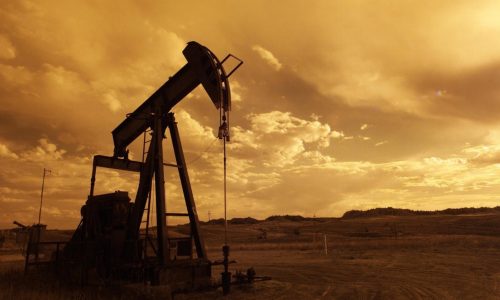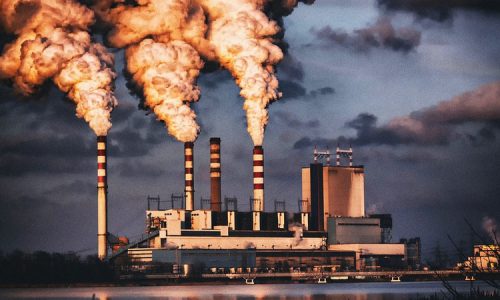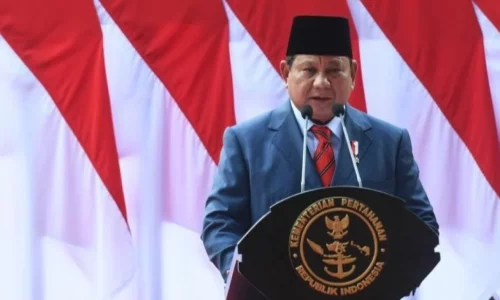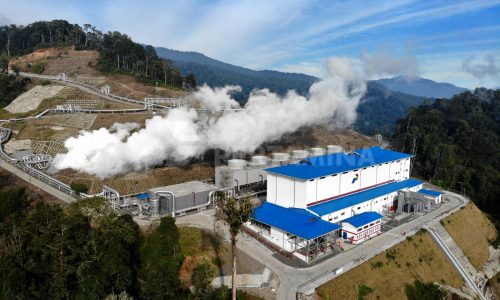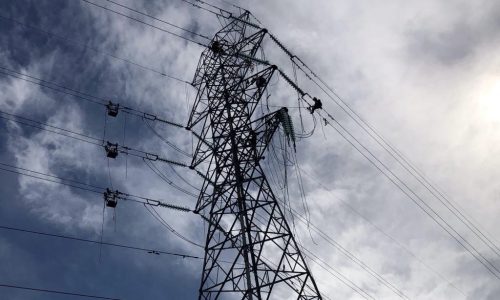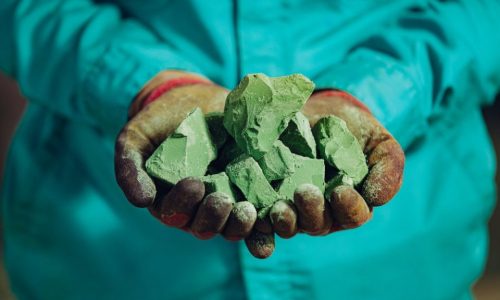The Ministry of Energy and Mineral Resources (ESDM) is delving deeper into one of the offshore fields with potential oil reserves.
Director General of Oil and Gas at ESDM, Tutuka Ariadji, said the field is located in the Offshore North West Java (ONWJ) block.
“There’s one field that we are currently scoping out more extensively. It’s located in the ONWJ-managed offshore area, it’s significant. The field is called Zulu, and it contains heavy oil, so I recommend Pertamina to exploit it. Zulu is very large,” Tutuka said on Thursdaym March 14, 2024.
Despite being an offshore field with heavy oil, Tutuka emphasized the need for exploration efforts, suggesting the utilization of surfactants to dilute the oil. Tutuka further mentioned the potential volume of recoverable resources.
“The volume could be between 800 million to 1 billion barrels, and it’s manageable,” he said.
“If it’s heavy oil, then it requires large equipment. So, alternative technologies like surfactants to dilute it are necessary. Therefore, we’re encouraging Pertamina to exploit it,” he added.
Tutuka said this push for exploitation is aimed at increasing Indonesia’s oil production, which has been declining in recent years.
The declining trend poses a challenge as Indonesia aims to reach a production target of one million barrels per day (bpd) by 2030. However, as per the official website of ESDM, Indonesia’s current oil production stands at 573,000 bpd.
“We’re currently just trying to hold the decline. Without new discoveries, it’s challenging to increase production. So, there needs to be the discovery of new oil fields. However, most of the new fields we find are gas fields, which complicates matters,” he explained.
Despite the challenges, Tutuka expressed optimism that Indonesia could still achieve its production target of one million bpd of oil and 12 billion standard cubic feet per day of gas by 2030.
“We believe it’s achievable,” he said. Tutuka highlighted the potential contribution of non-conventional oil wells, particularly those in the Rokan Working Area (WK), to achieving this target.
“Our main hope lies in the MNK and EOR wells. If successful, they could significantly contribute to oil production. This perspective is from the oil and gas directorate general,” he said while subsequently referring to the non-conventional oil and gas and the enhanced oil recovery.
Tutuka mentioned that the success of MNK production depends on drilling activities in two wells within the WK Rokan.
“If the results are promising, we might have more detailed information in the next two months,” he added.
Besides MNK production, Tutuka also cited the potential of EOR technology to enhance Indonesia’s oil production.
“In terms of EOR, we are looking at the success of CO2-based EOR. Since we produce a lot of gas, most gas fields contain CO2, which can be extracted and injected underground, serving as Carbon Capture and Storage (CCS) and Carbon Capture, Utilization, and Storage (CCUS),” he explained.
Regarding CCUS, Tutuka provided further clarification.
“In this case, CCUS converts CO2 into hydrocarbons, namely oil. So, if that succeeds, I believe we still have a chance,” he concluded.



